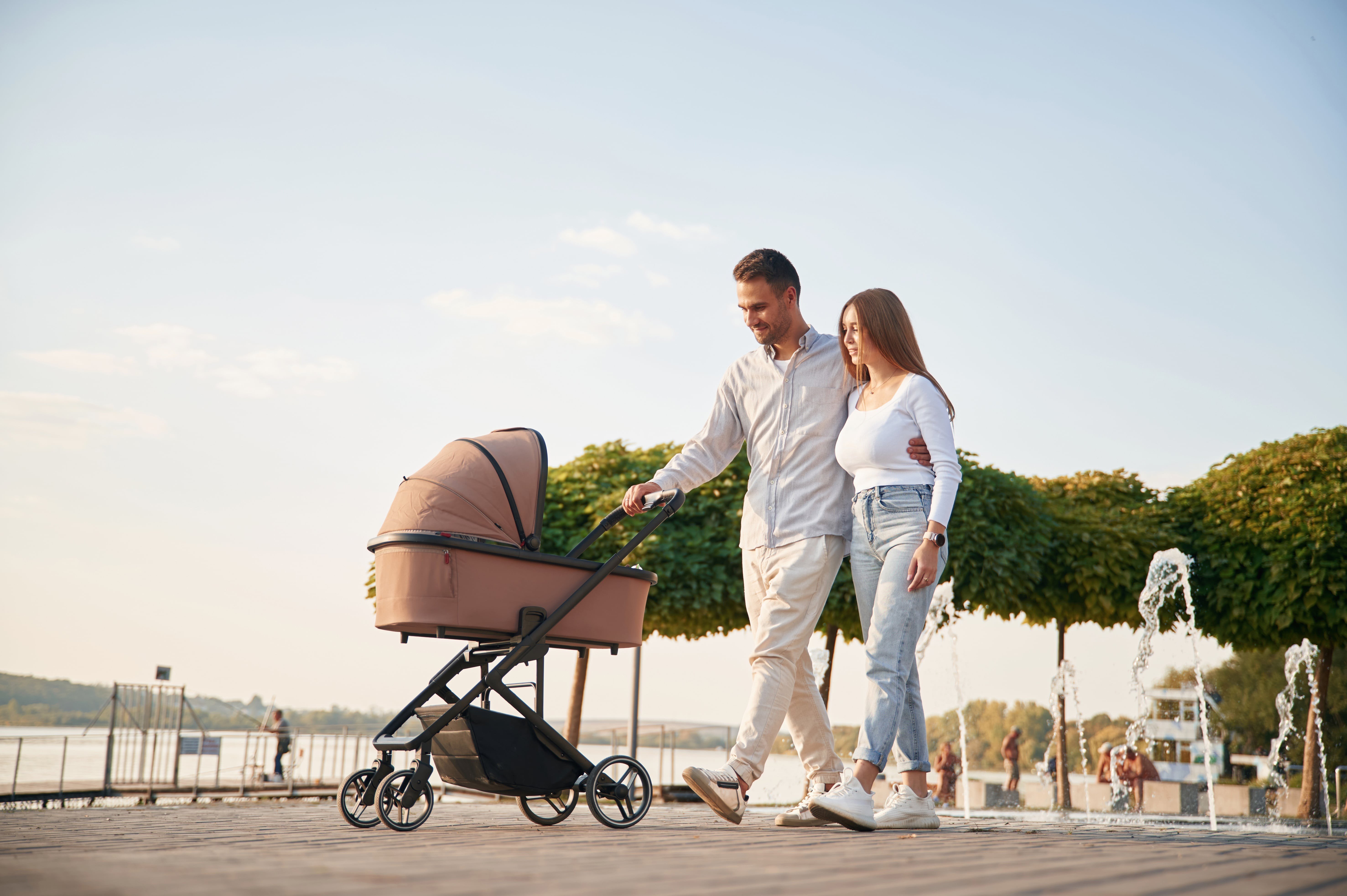20 Best Tweets Of All Time About Pushchair And Pram
Understanding Pushchairs and Prams: A Comprehensive Guide
When it comes to baby movement, the terms “pushchair” and “pram” are typically used interchangeably. Nevertheless, they represent unique kinds of baby carriers, each engineered for specific phases of a child's advancement and differed adult needs. This post explores the crucial distinctions in between pushchairs and prams, their functions, types, and factors to consider for new parents.
What is a Pushchair?
A pushchair, typically referred to as a stroller in some regions, is created for kids who can sit up independently. Generally, Prams And Pushchairs UK are contemporary, lightweight, and have a seat that can be reclined for included convenience. They might also feature a five-point harness to ensure the child's security while on the go.
Secret Features of Pushchairs
- Lightweight Design: Most pushchairs are made from lighter materials, making them easy to steer and transfer.
- Adjustable Seats: Many models offer recline choices, dealing with resting or active positions.
- Canopy: Most pushchairs come equipped with a sunshade or canopy to protect the child from sun exposure.
- Storage Space: They generally include a lower storage basket, best for holding diaper bags or shopping.
Typical Types of Pushchairs
- Standard Pushchairs: Traditional alternatives suitable for kids who can sit individually.
- Umbrella Strollers: Lightweight, compact, and easy to fold; suitable for taking a trip.
- All-Terrain Strollers: Built with larger wheels for off-road capabilities and smooth trips on diverse surfaces.
- Travel Systems: Combines a stroller and a baby safety seat, enabling moms and dads to move their child seamlessly.
What is a Pram?
A pram, brief for “perambulator,” is mainly created for babies, normally from birth up until around six months. Prams are structured with a flat lying position that supports a newborn's anatomy, ensuring they are cradled properly.
Secret Features of Prams
- Flat Bed Design: Prams have a totally flat bed, which is necessary for young babies who require to lie flat for convenience and health.
- Stylish Aesthetics: Many prams boast vintage or timeless designs, frequently seen with glamorous fabrics and attractive finishes.
- Suspension System: Quality prams frequently consist of a suspension system to provide a smoother trip over rough surface.
- Extended Canopy: Extended sun defense and rain covers are common.
Common Types of Prams
- Timeless Prams: Featuring a traditional design, these are often styled to stimulate fond memories.
- Convertible Prams: These can rapidly change from a pram to a pushchair and generally grow with the kid.
- Lightweight Prams: More compact than standard prams, making them easier to transport.
Differences Between Pushchair s and Prams
Feature
Pushchair
Pram
Usage Case
For kids who can stay up
For newborns and babies
Design
Upright seat with reclining option
Flat bed for resting
Weight
Usually lighter
Heavier due to sturdy construction
Compactness
Folds quickly and compactly
May be bulkier, depending upon style
Age Range
6 months to 4 years or older
Birth to roughly 6 months
Cost Range
More affordable alternatives offered
Often more expensive due to materials and style
Choosing Between a Pushchair and Pram
When picking in between a pushchair and a pram, a number of aspects require factor to consider:
- Age of the Child: Newborns need a pram; older babies and toddlers will be more comfy in a pushchair.
- Lifestyle Needs: Parents who travel frequently may prefer lightweight pushchairs, while those looking for convenience in design may favor prams.
- Budget: Prams can vary from reasonably to costly; reliable pushchairs can accommodate budget-conscious consumers.
- Storage Space: Consider how quickly the picked model can suit your car trunk or home storage.
FAQs
Q1: Can I utilize a pushchair for a newborn baby?
While particular pushchairs are developed with reclining functions that may accommodate babies, it is usually suggested to use a pram or specifically created baby cars and truck seat for newborns.
Q2: Are travel systems worth the investment?
Travel systems can supply benefit by integrating a safety seat and a stroller. They enable smooth shift from cars and truck to stroller, which numerous parents find invaluable.
Q3: How do I maintain my pushchair or pram?
Frequently clean the material, check for mechanical concerns, and lubricate the wheels. Ensure to follow particular care directions supplied by the manufacturer.
Q4: What is the weight limitation for pushchairs and prams?
Weight limits vary by model: usually, pushchairs accommodate up to 50 pounds, while prams fit babies as much as 30 lbs. Constantly describe the producer's guidelines.
Q5: Is it vital to have a rain cover for my pushchair or pram?
Yes, a rain cover can secure your child from rain and wind, maintaining convenience while preventing damp clothing.
In summary, pushchairs and prams serve essential however distinct roles in the mobility landscape for parents and caretakers. Selecting Prams And Pushchairs UK depends on the kid's age, lifestyle needs, and household preferences. By comprehending the qualities, advantages, and differences between pushchairs and prams, parents can make informed decisions that make sure comfort and safety for their child. Whether walking through the park or browsing hectic streets, the best movement solution is out there waiting.
